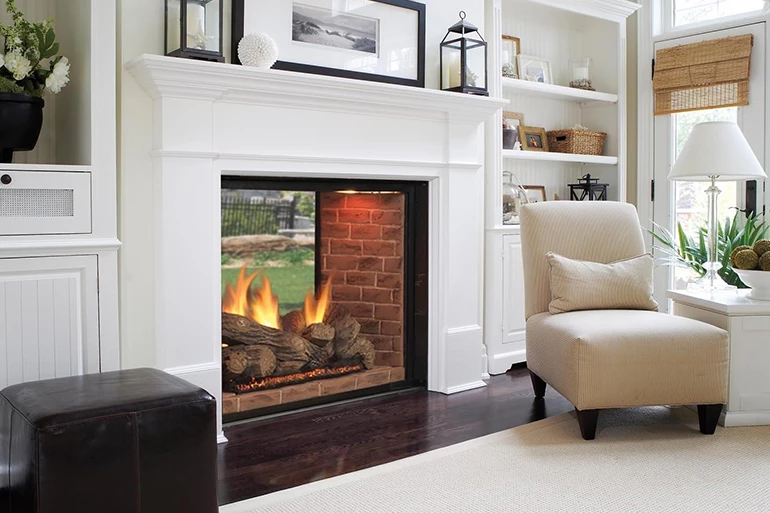The 5 Biggest Mistakes Made When Purchasing a Fireplace
Purchasing a fireplace and having it installed can be stressful - but it doesn't have to be that way. Above all, you will need to make sure your installation is safe and effective. While you will want to ensure that the process is as smooth as possible, it is important to be aware of the common mistakes that can derail the process. Below are the five areas with the most common mistakes made during the process of finding, purchasing, and installing a new fireplace.Â
Failure to Consult Local Code Enforcement
There is a National Code that is used as a baseline for the installation of fireplaces, heaters, and other hearth products, and a hierarchy of guidelines for these units. Above that national code compliance, you should comply with the manufacturer's product manual, and above the product manual, you should comply with local code enforcement.


